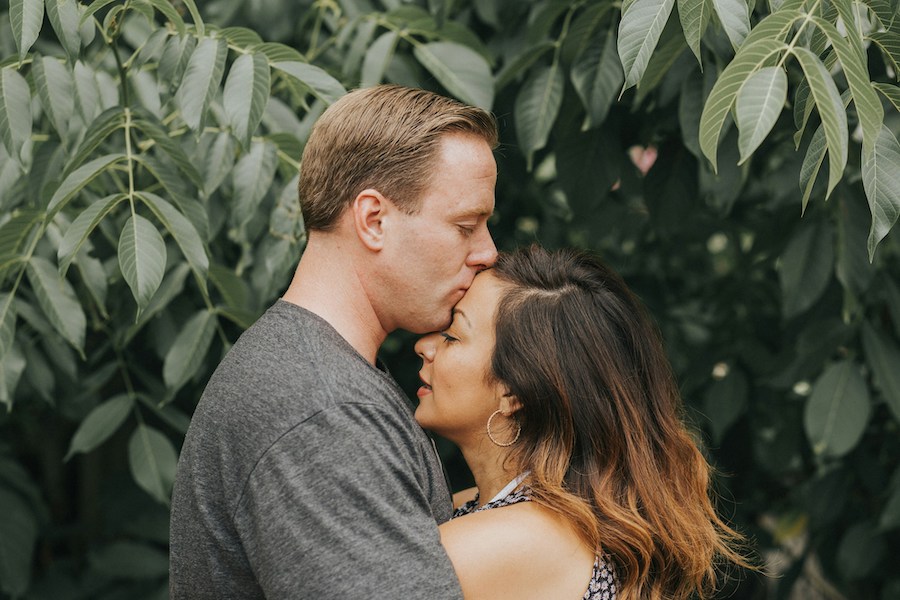The amount of time it takes to fall in love is an age-old debate. Is love at first sight really possible? Or does it take several months—or even years—to truly fall in love? This is an extremely subjective question as it varies massively between each couple and their specific situation.
So, can we ever accurately answer how long it takes to fall in love? Let’s explore the research behind the correlation between time and love and how it varies between men and women.
Women vs Men
Despite the large discrepancy and variation between couples, there is some evidence to suggest that science can be used to help determine just how long it takes to fall in love. Whilst science hasn’t been able to help us calculate the average time it takes; studies do suggest that men and women have different time scales when it comes to falling in love and using the “L” word.
Men are, overall, thought to utter the 3 little words “I love you” sooner than women. Men typically only wait 88 days to say that they love their partner compared to the average of 132 days that it takes women.
Interestingly, studies also suggest that men are more likely to get remarried after a divorce or the death of their partner. In a study from 2013, it was found that 64% of men who’ve been previously married got remarried compared to 52% of women who were previously married.

What does this tell us?
Does this mean it’s easier for men to fall in love? Not necessarily, but the requirements to fall in love do differ between men and women. According to dating experts, for women, falling in love is a bit more complex than just physical attraction—women need a compatible and attractive personality to be present as well.
Since these additional factors often don’t become apparent until further into the relationship, the extra time needed may contribute to how long it takes women to fall in love versus men.
Physiological reactions
When we break it down into the physiological reaction, when a woman starts to fall in love they produce norepinephrine and phenylethylamine (also known as the love chemical). The combination of these two chemicals can usually explain the feeling of butterflies in your stomach before you’re about to see someone you like or when you’re about to answer a call from them!
Another important physiological aspect of the equation is oxytocin, often known as the cuddle hormone, as it’s released when social bonds are created.
Due to this physiological response, the earlier someone has sex with their partner, the more likely they are to fall in love faster. And although this is the case for both men and women, it’s actually more likely to happen for women. One of the potential explanations for this is that women produce more oxytocin after sex than men – which helps them build trust with their partners – a necessary factor for women to fall in love.

Matchmaker’s View
As a matchmaker, one of the main pieces of advice I’d give to anyone hoping to fall in love is to always say yes to a second date if there is even a sliver of potential from the first. Although some couples feel a spark right away, for many others the spark may not develop until the second or even third date. Don’t give up on something that may develop into love the more you spend time with them.
Falling in love is completely dependent on the relationship and people involved, and as matchmakers, this is where we’re here to help. Research suggests that the key to a successful and long-term relationship is to match based on values, lifestyles, and visions for the future- and that is exactly what we do.
Our offline network of eligible singles is one of the most diverse in the world and we are incredibly proud of the caliber of people within our network.
To learn more about our matchmaking service and how we can help you find your perfect partner, please do not hesitate to speak with one of our dedicated matchmakers today.



















